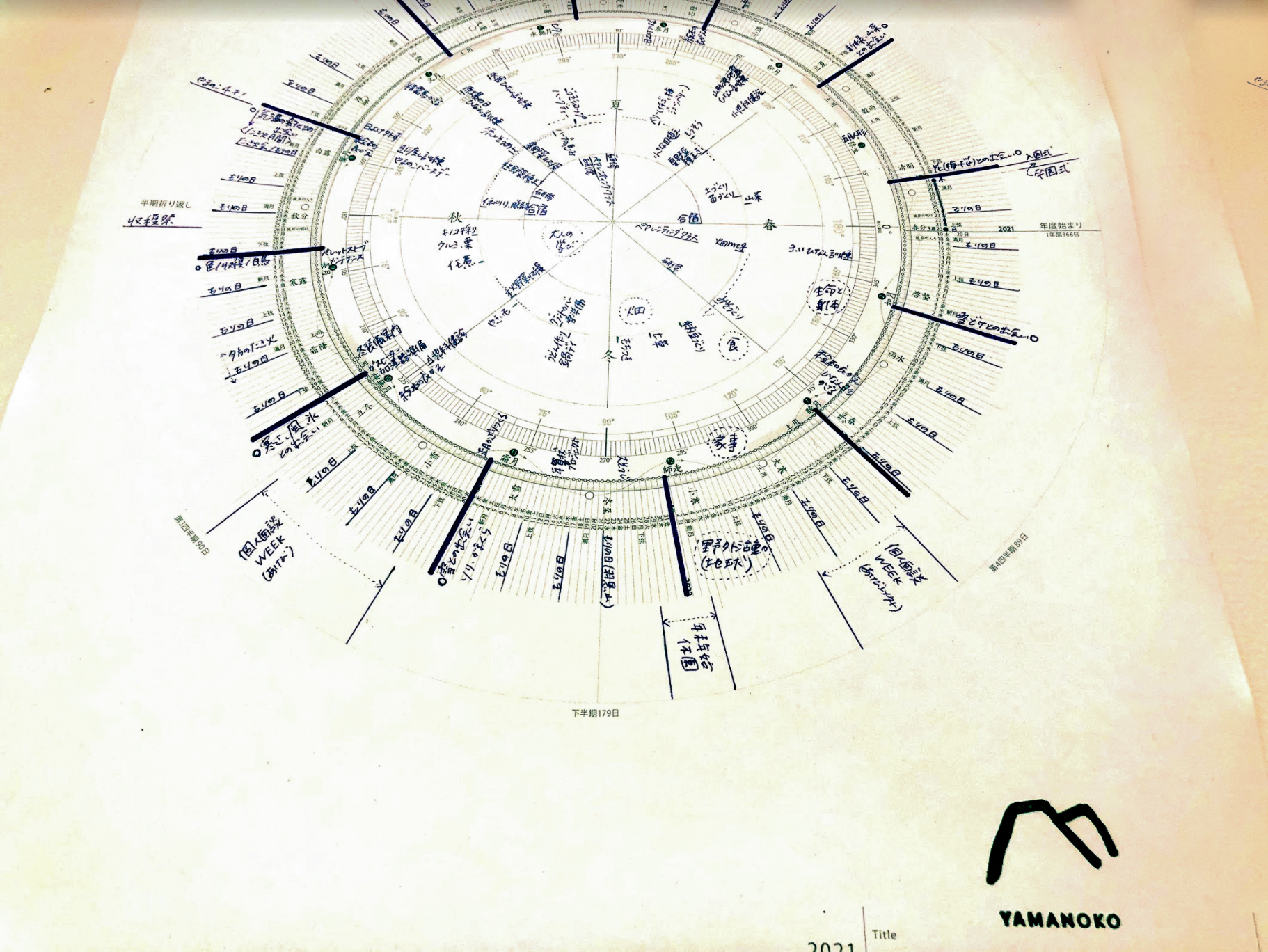
2021.07.01 We Who Circulate
Text : Tomoko Nagao
The title of the documentary film produced last year, which follows one year in the life of Yamanoko, is “A Small Planet: We Who Circulate” . In the introduction of the film, there is a passage that reads as follows:
“What goes back to the earth? “Vegetables! “Grass! “Insects! “What about humans?”
At Yamanoko Childcare Center, which aims to nurture the children’s sensitivity to the fact that they are living on the earth, this kind of dialogue with the children is a part of our daily life. Earthworms eat the skin of the vegetables we ate today and turn them into compost. A fire is built and rice is cooked. The smoke rises, and the smell of the fire goes all the way to your hair. Such a life with the life of soil, insects, grass, and fire is being built up together with the children.
I think it is easy for children to imagine the cycle of life through food, such as growing soil, working in the fields, and cooking, and the cycle of life, such as raising, dying, and burying living things that they encounter in outdoor activities. In this section, I will use the keyword “cycle” to think about what other cycles are created in Yamanoko through two reports, one on the annual plan and the other on the parenting class.
Planning the Year with the Earth Calendar
The Earth calendar is a circular calendar that shows the year by the circumference of a circle starting from the vernal equinox, and it is a calendar that expresses the yearly movements of the sun, moon, and earth. We use this calendar to plan our year in the hope that our life in Yamanoko will not be based on the time indicated by a clock, but rather on the changes of the four seasons in Shonai and the flow of time caused by the sun, moon, and other elements of nature. The shape of the calendar is a circle, which in itself evokes the idea of circulation, but there is also a circle of work and cultural activities (household chores such as installing awnings, cleaning, and making kadomatsu, and seasonal events such as Setsubun, Tanabata, and Otsukimi) that are done according to the seasons.
Also, for the first time this year, we have added a “life/body” belt.
In the past, we have conducted monthly activities such as physical examinations and evacuation drills as a natural part of running a daycare center. However, as we were making our annual plan for this year, we asked ourselves, “What do physical examinations and evacuation drills have in common? When I thought about it, I realized that the physical examination and the evacuation drill (and the birthday party), which I had considered as two separate things, were connected by the common thread of life/body and formed a circle. At that moment, I said, “Wow! It’s connected! I felt a small but deep emotion.
The birthday party is an opportunity to remember the day the children were born and celebrate the birth of life, the physical measurement is a day to experience the changes in life, and the evacuation drill is an opportunity to learn how to protect life, and by overlapping the date of the drill with the date of the earthquake or war, it is an opportunity to think about the lives that have been lost and the existence of ancestral lives connected to our own.
When we are able to recognize separate things as connected in this way, it is as if a new cycle has suddenly begun to turn, and we can strongly feel the cycle in terms of life/body in our daily activities. I feel that we will be able to create a more cyclical scene of life with our children.
Parenting Class Report (7/10/2021)
Yamanoko’s staffs and parents call each other by their first names. This is an expression of our desire to be partners in nurturing children together, rather than service providers and consumers. However, how do we nurture this partnership?
Parenting classes are held twice a year and are one of the most important opportunities for parents and caregivers to build a partnership together as friends who nurture children.
However, this time, four staff members and parents were in charge of planning the event, and three parents (F-san, Ya-san, and Yo-san) joined us in planning the content.
In the preliminary meeting, we discussed the purpose of the parenting class again and verbalized it as follows.
Purpose of the Parenting Class
To provide an opportunity for us adults who are involved with children (parents and caregivers) to broaden our perspectives on children through interactive communication.
The goal is to cultivate this place into a community where people can expand their horizons, receive help, and become enriched while nurturing the various connections they encounter through their children.
Through these preliminary meetings, we learned that the parents wanted to know more about Yamanoko, the ideas and thoughts of the staff, and to broaden their perspectives on their children and childcare. We also found out that the staff who are also parents have experiences that broaden their perspectives on their children through various communications at Yamanoko, and that they feel nurtured and supported by this community, and they want to share these experiences not only with themselves as staff, but also with other parents.
I am one of the people who feel that I have learned a lot about children and child-rearing by being here, and that I have been helped in many ways. Let’s create a community where it feels reassuring, delightful and enriching to be here, not only for the children but for the adults as well. I strongly felt this desire both as a parent and a staff member.
On the day of the event, we had a mini-work session called “Perspectives on Children” where Yamanoko staff shared with parents their perspectives on children in order to give them an opportunity to broaden their perspectives on children. I introduced to the parents the five perspectives that we have been working on since the 2020 school year (the five perspectives of interest, enthusiasm, challenge, expression, and responsibility, which are used in the recording of learning stories in New Zealand early childhood education), and the ideas that form the basis of these five perspectives. The parents were then asked to write down and share about their own children from these five perspectives.
By carefully observing how children participate in the world in multiple situations, such as when they show interest in something, become enthusiastic about it, face difficulties (challenge), express their thoughts and feelings, and try to play a role by standing in a position other than their own (responsibility), we can understand that children’s growth is not a single situation but is connected. It is also a way to think about how children’s interests and concerns are connected to their learning and circulate within them. In addition, the act of caregivers (adults) of observing, recording, interpreting, updating the relationship, and observing again… aims to connect the record to the childcare practice (way of life). Here again, I feel that we are aiming for a state of circulation, where we weave our lives from the images of children.
After that, we discussed how to cultivate this community among the parents and devised various ways to do so in small groups. Finally, we reorganized the “Tsunagari-tai,” a group that acts as a communicator between Yamanoko and the parents, and between the parents and other parents.
I believe that as the sense of interconnectedness between caregivers and parents, between Yamanoko and home, gradually increases, not only children but also adults will gradually develop a sense of mutual influence, transformation, and living happily together in the present. I am very encouraged and happy to live in a community where everything is related and circulating. In this community of circulation that expands around the children called “Yamanoko,” I wish for the growth of the children while I myself change and create my days together with everyone. I hope to nurture this joy.
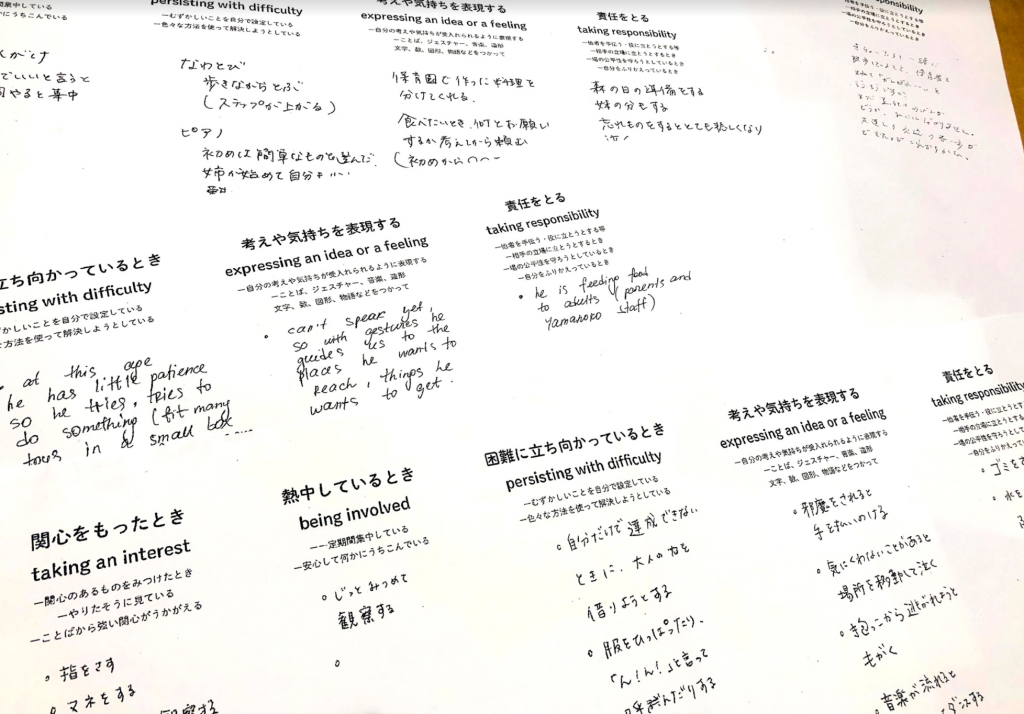
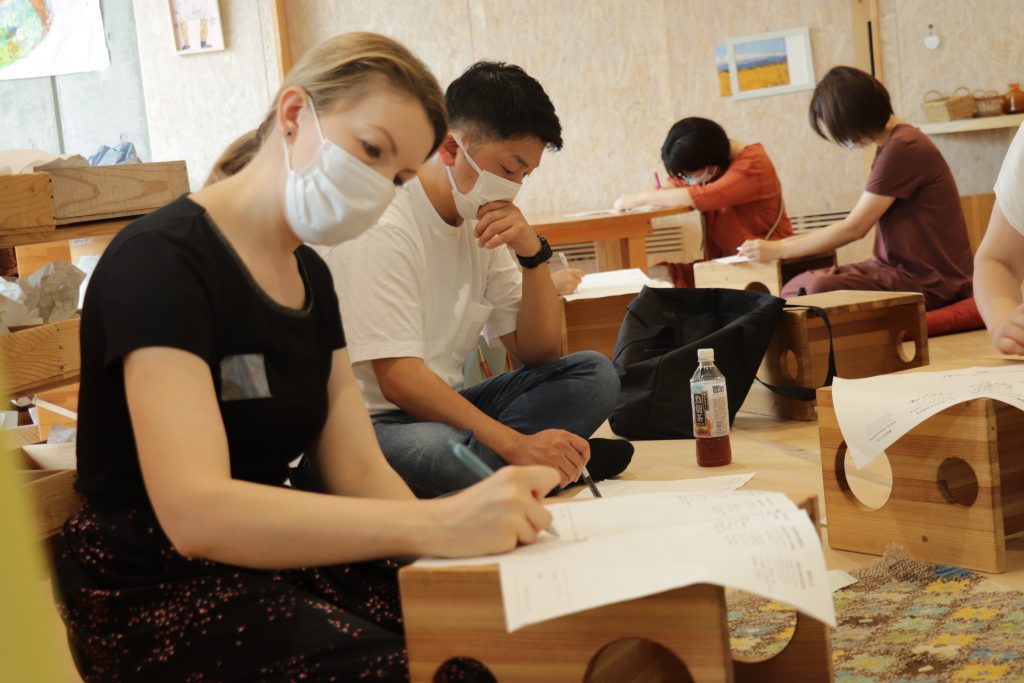














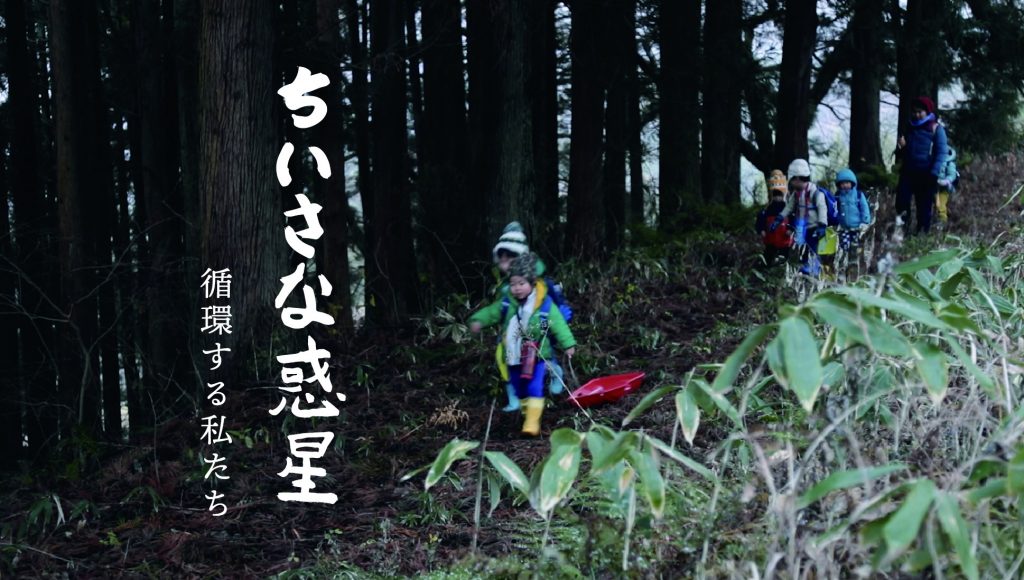
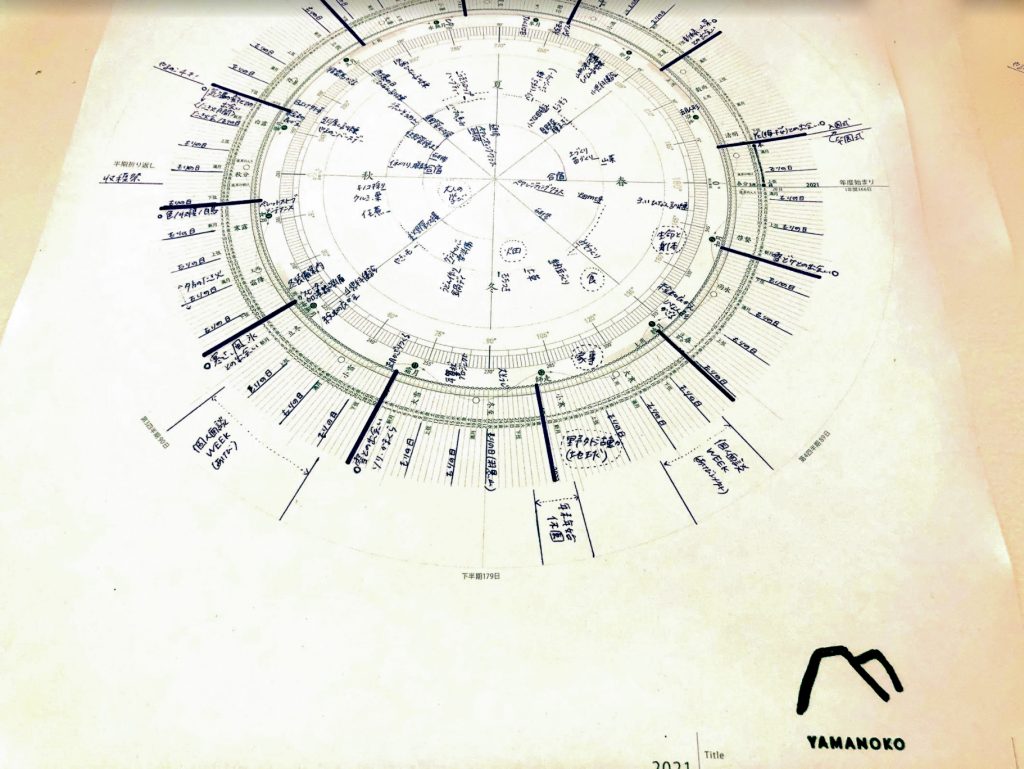
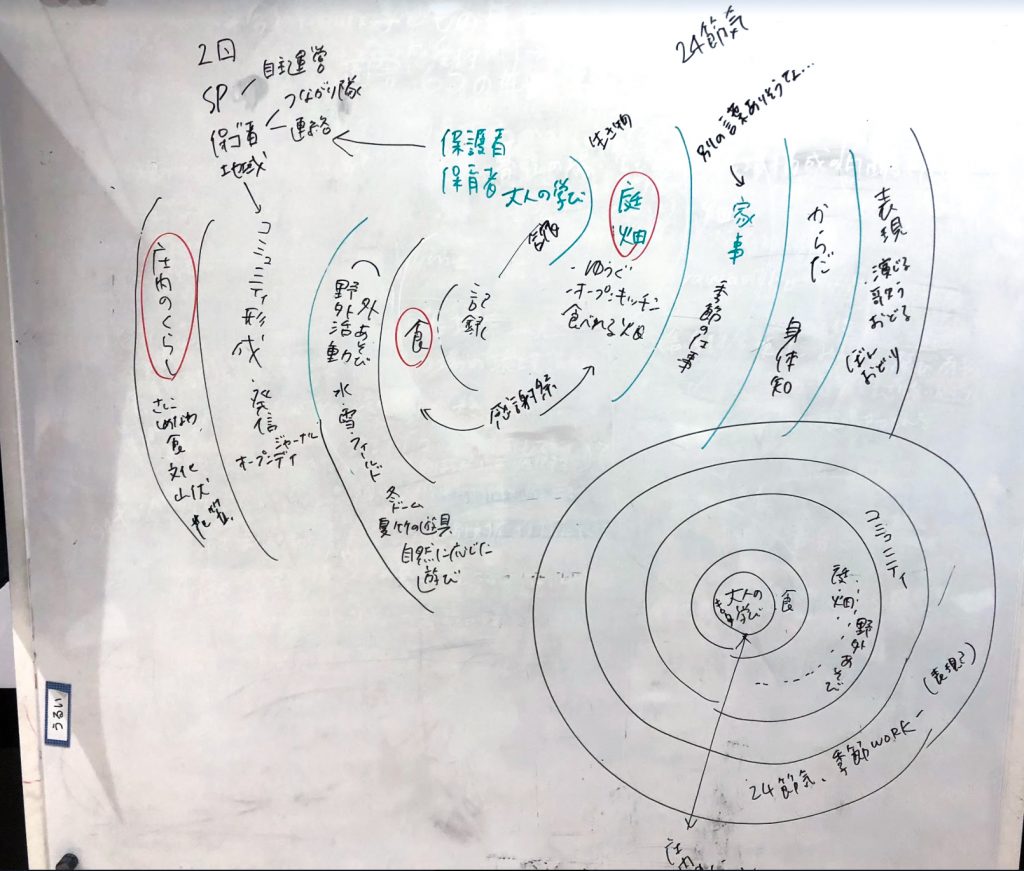
 PREV
PREV